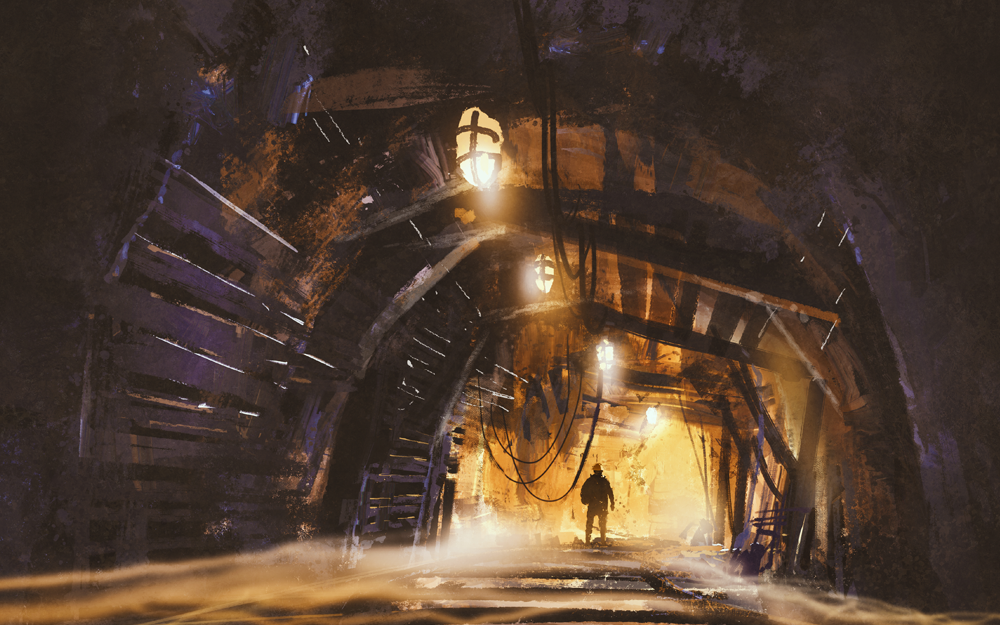Art, Lessons, and Navigating Life's Journeys
The Age of Exploration stands as a pivotal era in human history, when intrepid explorers embarked on daring voyages, charting unknown territories, and encountering diverse cultures. Beyond its historical significance, this era is adorned with captivating art that captures the spirit of adventure, curiosity, and the clash of civilizations. As we delve into the art of this period, we discover valuable lessons that can resonate with children and help them navigate their own journeys in life.
Artistic Treasures of the Age of Exploration:
The art of the Age of Exploration unveils a world of discovery, curiosity, and cultural exchange. From the meticulously detailed maps and navigational charts to the stunning seascapes and portraiture, art offers a window into the ambitions, triumphs, and challenges of explorers. Paintings depict majestic sailing vessels braving treacherous seas, exotic landscapes teeming with new sights and sounds, and encounters with indigenous peoples whose lives were forever altered by these encounters. Sculptures and artifacts reflect the merging of cultures, blending European artistic styles with influences from newly discovered lands. By exploring these artistic treasures, children can develop a sense of awe and wonder for the world and its diverse inhabitants, inspiring them to embrace exploration and embrace the unknown in their own lives.
Lessons for Life's Journeys:
The Age of Exploration offers valuable lessons that can guide children in navigating their own journeys. One such lesson is the importance of courage and resilience. Explorers faced countless obstacles and uncertainties as they ventured into uncharted territories. They had to muster the courage to overcome fear, adapt to new environments, and persevere through adversity. By learning about the challenges faced by explorers, children can cultivate resilience, embrace change, and develop the confidence to explore new paths and possibilities in their own lives.
Another lesson from this period is the power of curiosity and open-mindedness. Explorers were driven by an insatiable thirst for knowledge and a willingness to engage with the unfamiliar. They approached new cultures with curiosity, seeking to understand and appreciate their customs, beliefs, and ways of life. Encouraging children to cultivate curiosity and embrace diversity can foster empathy, compassion, and a broader perspective of the world around them.
Furthermore, the Age of Exploration teaches children the value of collaboration and teamwork. Explorers relied on the collective expertise of navigators, cartographers, sailors, and scientists to undertake their voyages. By studying the collaborative efforts of these individuals, children can understand the power of teamwork, effective communication, and the synergy that arises from diverse talents and perspectives. These skills are essential for success in the modern world, where collaboration and cooperation are increasingly important.
As we immerse ourselves in the art and history of the Age of Exploration, we uncover a tapestry of adventure, cultural exchange, and human ingenuity. Through this exploration, children can gain valuable lessons that resonate with their own lives: the importance of courage, resilience, curiosity, open-mindedness, and collaboration. By drawing inspiration from the explorers of the past, children can embark on their own journeys with confidence, embracing the unknown, and navigating life's challenges with a sense of curiosity, resilience, and appreciation for the rich tapestry of cultures that surround them.
